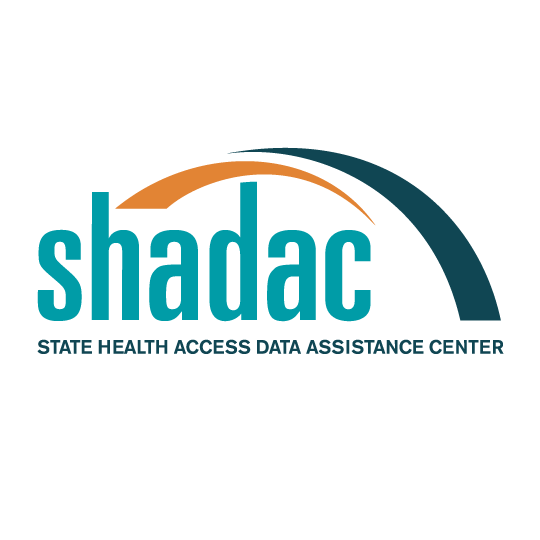Publication
State and County ACS Coverage Estimates, 2008-2012
5-Year State and County Health Insurance Coverage Estimates
from the American Community Survey (ACS)
The tables below contain state and county health insurance coverage estimates for the pooled years 2008-2012. These estimates come from the 5-year American Community Survey (ACS) via the U.S. Census Bureau’s American FactFinder (AFF) tool. These estimates pool together 5-years of data to produce reliable period estimates for areas and subgroups with smaller populations. This is the first time health insurance coverage estimates are available for all counties.
State and County Estimates
|
2008-2012 American Community Survey (ACS) 5-Year Estimates |
About the ACS
The ACS is a household survey that began in 2005 and produces annually updated data on a variety of population characteristics, including health insurance coverage. In total, the ACS surveys approximately three million US households each year. An important feature of the ACS is that it includes a large enough sample for state‐level and sub‐state estimates.
The Census Bureau publishes 1-year estimates for areas with populations of 65,000 or more; 3-year estimates (covering 36 months) for areas with populations of 20,000 or more; and 5-year estimates (covering 60 months) for all statistical, legal, and administrative entities. For an explanation of the various ACS data products see SHADAC Brief #32 “Understanding 1-, 3-, and 5-year ACS Estimates: Summary Tabulations and Public Use Files."
The ACS began asking survey respondents about health insurance coverage during the 2008 calendar year. Specifically, the survey asks respondents about current coverage for each person in the respondent’s household. A person is categorized as “insured” if he or she has coverage at the point in time at which the survey is administered.
How Are these Estimates Different from the Estimates that SHADAC Publishes Using Census Bureau Micro-Data Files?
Two definitions used by the Census Bureau to generate the tabulations above differ from those that SHADAC uses to generate tabulations for the SHADAC Data Center and the RWJF Data Hub. The definitional differences are as follows:
Family
- The Census Bureau defines a family as all related people in a household.
- SHADAC defines a family using a measure called the “Health Insurance Unit” (HIU), which includes all individuals who would likely be considered a family unit in determining eligibility for either private or public coverage.
- To learn more about the HIU, see SHADAC Brief #27, “Defining Family for Studies of Health Insurance Coverage.”
Family Income
- The Census Bureau determines family income as a percentage of the Federal Poverty Level (FPL), which is a definition of poverty used primarily for statistical purposes. For example, FPL is used to estimate the number of Americans living in poverty each year.
- SHADAC determines family income as a percentage of the U.S. Department of Health and Human Services’ Federal Poverty Guidelines (FPG), which is a measure used for administrative purposes. For example, FPG is used to determine eligibility for federal programs such as Medicaid and the Supplemental Nutrition Assistance Program (SNAP).
- To learn more about the difference between FPL and FPG, click here.










